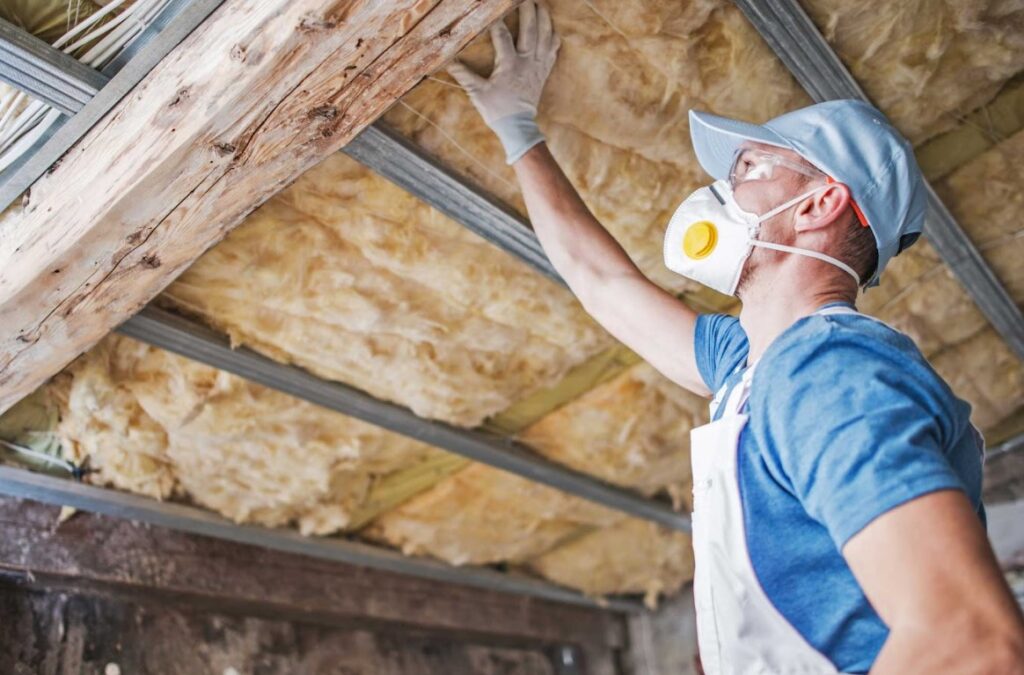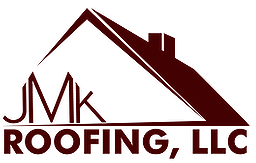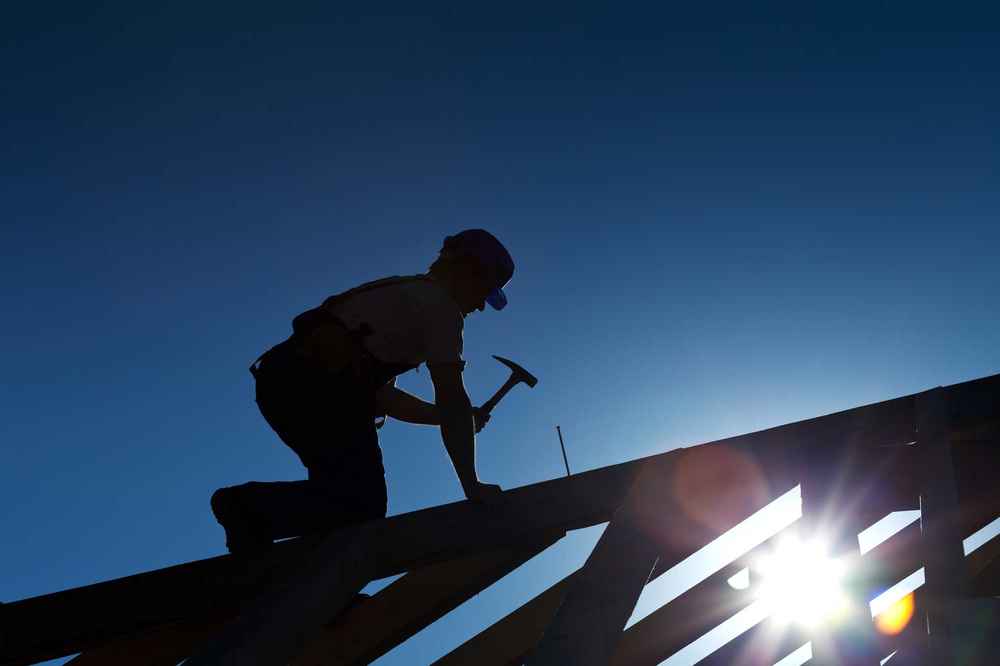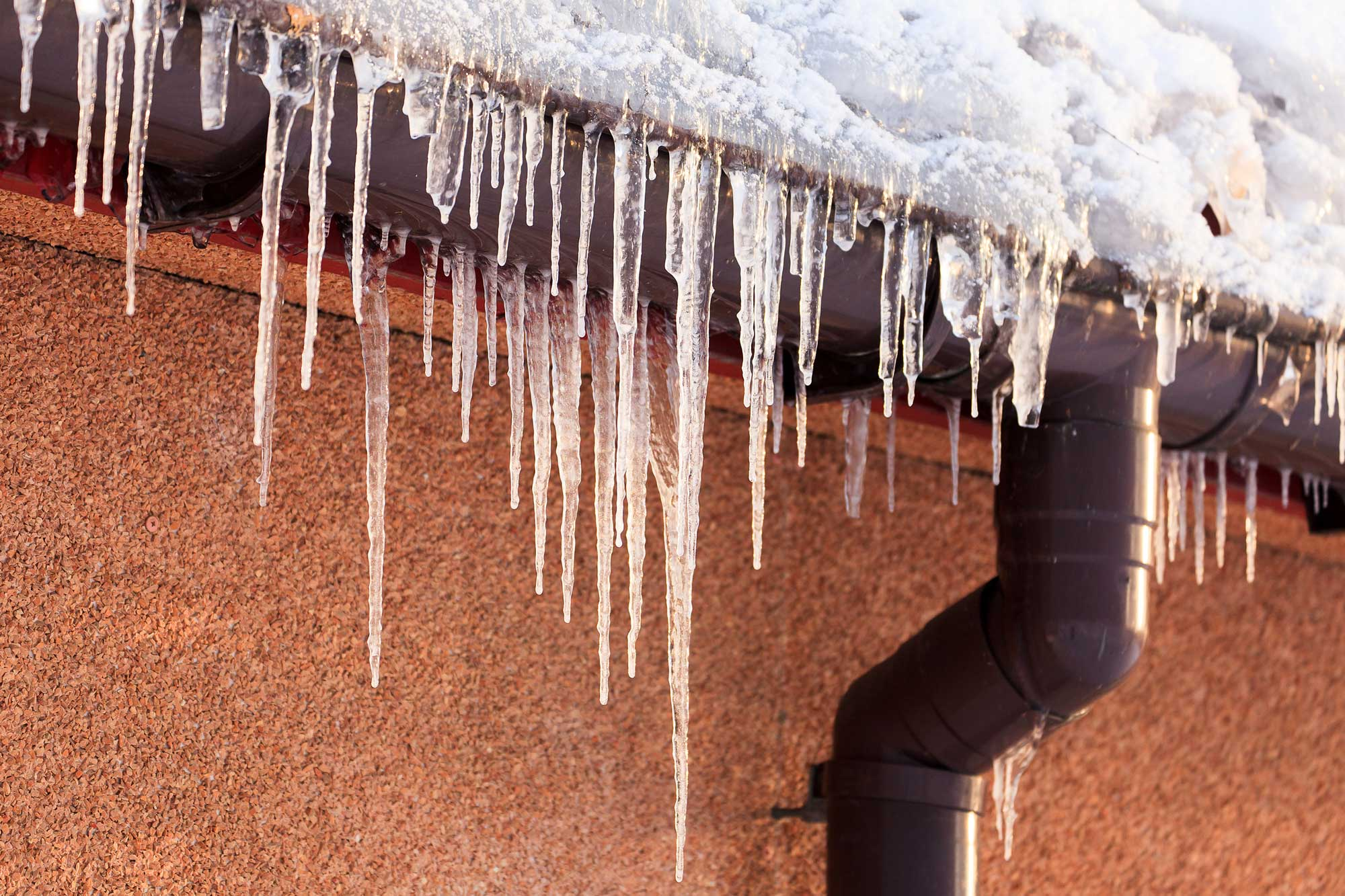Here in Chester County, PA, winter settles in with a quiet intensity. Snow blankets rooftops like frosting on a cake. Chimneys puff steadily through gray skies. And inside, many homeowners start to notice the subtle signs of trouble: a mysterious water stain creeping across the ceiling, drafty upstairs bedrooms, or heating bills climbing higher than last year—without any clear explanation.
It’s easy to blame the thermostat or the age of the house. But the real culprit?
Your attic isn’t breathing properly.
At JMK Roofing, we’ve seen how overlooked cold weather roof ventilation can slowly sabotage a home. Ice dams form where warm air shouldn’t be. Mold takes root in damp, forgotten corners. Insulation loses its punch, and the roof—meant to protect everything beneath it—begins to quietly fail.
This post is here to change that. We’re going to demystify attic airflow in winter, explain why it’s critical for homes in our region, and show you how to protect your roof without gutting your savings.
What You’ll Learn in This Post
- Why roof ventilation matters more in cold weather than in summer
- What signs suggest your attic isn’t venting properly
- Simple fixes that can prevent ice dams, leaks, and mold
- How we help Chester County homeowners breathe easier—literally
If you’re unsure your attic has the airflow it needs, JMK Roofing can help.
Why Roof Ventilation in Winter Is More Important Than You Think
Attic Ventilation Isn’t Just a Summer Issue
Most homeowners associate roof ventilation with summer heat. But ironically, it’s more important in winter—especially in climates like ours. During cold months, warm air from inside your home rises into the attic. If that warm, moist air has nowhere to go, it condenses on cold surfaces, creating the perfect environment for mold, mildew, and ice buildup.
This isn’t theoretical. It’s what we see all over Chester County:
- Peeling paint
- Buckling roof decks
- Black mold in insulation
- Dangerous ice dams forming at the edge of roofs
All of this comes back to the same preventable issue—poor attic airflow in winter.
Why This Issue Hits Homes in Chester County Harder
In regions like Chester County, PA, where winter temperatures dip and snow accumulation is normal, the combination of cold roofs and warm attics is a recipe for trouble. Our freeze-thaw cycles intensify these effects, especially for homes with older insulation or roofing systems that weren’t built with modern ventilation codes in mind.
Today’s codes follow International Residential Code (IRC) standards, requiring at least 1 square foot of ventilation per 150 square feet of attic space (or 1:300 with a vapor barrier). Many homes don’t meet this minimum—and even those that do often suffer from poor design or blocked airflow.
Before You Make a Fix: What Every Homeowner Should Know
Making changes to your roof ventilation system isn’t just about cutting holes and adding vents. A thoughtful approach helps ensure you’re solving the real problem, not just covering symptoms.
1. Understand Your Attic’s Behavior
Climb into your attic on a cold day. If you notice frost on nails, wet insulation, or musty smells, your ventilation isn’t working the way it should.
2. Know the Investment
- Minor upgrades (like soffit or box vents): $500–$1,200
- Full ventilation redesigns: $2,000–$3,000
But that’s still far less than the cost of repairing structural damage or replacing a roof prematurely.
3. Permits and Local Rules
In most cases, small vent additions don’t need permits. But larger projects or full roof replacements may. At JMK Roofing, we handle all of that for you.
4. Roof Materials Matter
Ventilation systems aren’t one-size-fits-all. Metal, asphalt, and cedar roofs all vent differently. That’s why you want someone who understands how your entire roof system works—inside and out.
How to Fix Winter Roof Ventilation: A Step-by-Step Homeowner Guide
If you’re wondering where to begin, here’s a practical look at what a proper cold weather ventilation fix actually looks like.
Step 1: Spot the Warning Signs
Poor winter attic airflow shows up in ways that are easy to overlook—until they aren’t:
- Ice dams forming after every storm
- Uneven temperatures upstairs
- Rusty nails or mold on rafters
- Drafts or high heating bills
- Moisture-stained ceilings or walls
Step 2: Learn the Basics of Airflow
A properly vented attic works like this:
- Cold air enters through intake vents (usually at the soffits)
- Warm, moist air exits through exhaust vents (ridge vents or gables)
If you only have one or the other—or the balance is off—your attic becomes a sealed box of trapped moisture.
Step 3: Understand Your Options
| Vent Type | Best For |
| Ridge Vents | Newer homes with ridge-length access |
| Soffit Vents | Homes with overhangs; required for intake |
| Gable Vents | Older homes without soffits |
| Roof Louvers | Homes with smaller or complex rooflines |
Pro tip: Mixing ridge and gable vents sounds harmless but often makes things worse by short-circuiting airflow.
Step 4: Get a Professional Assessment
Proper ventilation isn’t guesswork. It requires understanding roof slope, attic volume, insulation layout, and vent math. At JMK Roofing, we inspect every angle—then design a solution that fits your home, not just the codebook.

The Risks of Ignoring Roof Ventilation in Cold Weather
Skipping ventilation upgrades might seem harmless. But the damage is cumulative—and costly. Here’s what happens when your attic can’t breathe in winter:
1. Ice Dams
Trapped heat melts roof snow, which refreezes at the edges. Ice builds up under shingles, causing leaks and wood damage.
2. Mold and Rot
Condensation inside the attic dampens insulation and wood, creating ideal conditions for rot and unhealthy mold spores.
3. Shingle Damage and Warranty Voids
Trapped heat degrades shingles faster and can void manufacturer warranties—not something you want to discover after a claim.
4. Skyrocketing Energy Bills
Insulation loses performance when it’s damp, forcing your HVAC system to work overtime.
How JMK Roofing Solves Cold Weather Ventilation Problems
We don’t just install vents—we solve problems. Our team:
- Evaluates current vent system effectiveness
- Measures airflow and insulation gaps
- Uses proven venting systems from Owens Corning and GAF
- Provides 10-year workmanship warranties on every project
With over a decade of experience in Chester County, we know what systems work in this climate—and which ones don’t.
Winter Roof Ventilation Questions from West Chester Homeowners
We talk to a lot of Chester County residents this time of year who are dealing with new water stains, unexpected drafts, or confusing energy bills. Many of their concerns trace back to the same issue: a lack of proper cold weather roof ventilation. Below are the questions we hear most often—along with the clear, no-jargon answers you deserve.
How important is roof ventilation in cold weather?
Roof ventilation in cold weather is essential for protecting your attic, roof deck, insulation, and energy efficiency. Without proper airflow, warm indoor air gets trapped in the attic and condenses on cold surfaces—leading to mold, rot, and ice dams that cause expensive damage.
Can attic ventilation help stop ice dams?
Attic ventilation can help stop ice dams by keeping your attic temperature closer to the outdoor temperature. This prevents warm air from melting the snow on your roof too quickly, which can refreeze at the eaves and create ice blockages that back water up under the shingles.
Do I still need ventilation if my attic is well insulated?
Even if your attic is well insulated, you still need ventilation. Insulation holds heat in your home, but without airflow, moisture can still accumulate and cause condensation. Ventilation and insulation work together to regulate both temperature and humidity.
What’s the best attic ventilation setup for winter?
The best attic ventilation setup for winter includes a balanced system: soffit vents for intake and ridge vents for exhaust. This setup creates consistent airflow that prevents moisture buildup and keeps your attic cold and dry.
Will roof ventilation increase my heating bill?
Roof ventilation will not increase your heating bill—in fact, it can lower it. When your attic stays dry and your insulation stays effective, your HVAC system doesn’t have to work as hard. Poor ventilation leads to wet insulation and heat loss, which drives energy costs up.
How can I tell if my attic needs better winter airflow?
You can tell your attic needs better winter airflow if you notice signs like frost on the underside of your roof deck, moldy or musty smells, persistent ice dams, or insulation that feels damp. These all indicate that warm air and moisture are getting trapped without a proper escape route.
Final Thoughts: Why Ventilation Is One of the Best Winter Upgrades You Can Make
Most winter damage isn’t dramatic—it’s subtle. It builds slowly. A little frost on a rafter turns into rot. A small ice dam turns into a roof leak. A musty smell turns into mold. And none of it makes the headlines—but all of it costs homeowners thousands.
We don’t say that to scare you. We say it because we’ve seen it—over and over again.
Roof ventilation in cold weather isn’t just a roofing detail—it’s a whole-house health issue. At JMK Roofing, we help homeowners take care of problems before they escalate. And we do it with the kind of care, communication, and workmanship we’d want for our own homes.
Schedule your free winter ventilation inspection today and give your roof the breath of fresh air it needs.


